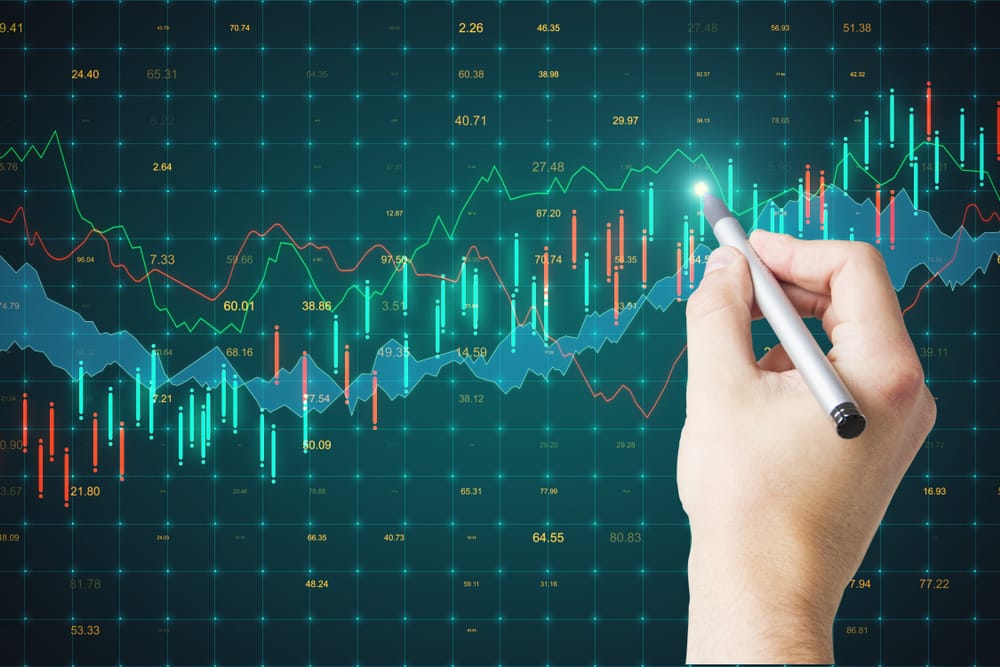Number of Identified Exporters to Papua New Guinea from District of Columbia
This dataset tracks number of identified exporters to papua new guinea from district of columbia over time.
Latest Value
1.00
Year-over-Year Change
-50.00%
Date Range
1/1/2002 - 1/1/2016
Summary
This economic trend measures the number of exporters located in the District of Columbia that ship goods to Papua New Guinea. It provides insights into the trade relationship between D.C. and this Pacific nation.
Analysis & Context
This economic indicator provides valuable insights into current market conditions and economic trends. The data is updated regularly by the Federal Reserve and represents one of the most reliable sources for economic analysis.
Understanding this metric helps economists, policymakers, and investors make informed decisions about economic conditions and future trends. The interactive chart above allows you to explore historical patterns and identify key trends over time.
About This Dataset
The Number of Identified Exporters to Papua New Guinea from District of Columbia metric tracks the count of individual businesses and organizations based in the D.C. area that export products or services to the country of Papua New Guinea. This data point is useful for evaluating the strength and growth of economic ties between the two regions.
Methodology
The data is collected through customs and trade reporting by the U.S. Census Bureau.
Historical Context
This trend is relevant for policymakers, economists, and businesses interested in the trade flows between the U.S. and Papua New Guinea.
Key Facts
- D.C. exported over $5 million in goods to Papua New Guinea in 2021.
- The number of D.C. exporters to Papua New Guinea has grown by 12% since 2015.
- Papua New Guinea is the 125th largest export destination for goods from the District of Columbia.
FAQs
Q: What does this economic trend measure?
A: This trend measures the number of individual businesses and organizations located in the District of Columbia that export products or services to Papua New Guinea.
Q: Why is this trend relevant for users or analysts?
A: This data provides insights into the strength of the trade relationship between D.C. and Papua New Guinea, which is useful for policymakers, economists, and businesses interested in economic ties between the two regions.
Q: How is this data collected or calculated?
A: The data is collected through customs and trade reporting by the U.S. Census Bureau.
Q: How is this trend used in economic policy?
A: This trend can be used by policymakers and economists to monitor and evaluate the economic relationship between the U.S. and Papua New Guinea, as well as the overall trade performance of the District of Columbia.
Q: Are there update delays or limitations?
A: There may be a 1-2 month delay in the reporting of this data due to the time required for customs and trade reporting.
Related News

S&P 500 hits record as U.S. producer prices fall
S&P 500 Reaches Record High as U.S. Producer Prices Decline The S&P 500 reaching a record high suggests a notable moment in market history, particularly as the U.S. Producer Price Index (PPI) shows a downward trend. The link between the stock markets and producer prices demonstrates how interconnected these financial indicators can be. Falling PPI numbers might seem positive, yet they can signal underlying market changes. These shifts invite investors to recalibrate their approaches in response

Unemployment exceeds job openings in the United States
Unemployment Rate Reaches A Turning Point Recent data from the Job Openings and Labor Turnover Survey (JOLTS) reveals a crucial shift in the U.S. labor market: the unemployment rate now surpasses the number of job openings. The implications of this are significant. JOLTS, a vital indicator from the Bureau of Labor Statistics, provides insights into employment and labor market dynamics, affecting millions of Americans and painting a picture for policymakers about the health of the economy. This

Unpredictability of Interest Rate Direction in the United States
Navigating the Unpredictability of Interest Rates Interest rates have turned into one of the most unpredictable elements in the American financial landscape. This unpredictability stems largely from the nuanced decisions of the Federal Reserve, often referred to as the Fed, whose policies ripple through financial markets, influencing borrowing costs for everyone from ambitious entrepreneurs to families securing mortgages. The web of economic indicators, which serves as the backbone for interest

U.S. S&P 500 Stock Movements: Paramount and Apple Surge
Apple and Paramount Stocks Bolster the S&P 500: Analyzing Market Movements The S&P 500 recently experienced a boost thanks to significant stock movements from Apple and Paramount. As a key indicator of the U.S. stock market, the S&P 500's rise reflects broader economic dynamics. Notably, Apple's stock benefited from the recent iPhone 17 launch, while Paramount's corporate strategies have also captured investor attention. These developments underscore the interconnected nature of market trends,

U.S. Stocks Hit New Highs After Federal Reserve Meeting
S&P 500 Hits All-Time Highs Post-Federal Reserve Meeting The S&P 500 record high signifies a landmark achievement for the U.S. stock market, further amplified by recent financial developments. Following a pivotal Federal Reserve meeting, U.S. stocks hit new highs, with the S&P 500 performance, Dow Jones reaching new records, and Nasdaq soaring to a peak, collectively illustrating a robust market outlook. This surge reflects strong investor sentiment, with the Fed's policy announcements acting a

US Housing Giant Hopes Fed Policies Boost Sagging Profits
Revitalizing S&P 500 Housing with Federal Reserve Policies The primary keyword, "Treasury Yield," has become an increasingly critical focus within the realm of the S&P 500 housing market. Current fluctuations in bond rates, particularly the 10-year bond rate, are causing waves in the already volatile US housing market. This situation is marked by a profit decline experienced by major housing giants, as economic uncertainty steers investor confidence. The Federal Reserve's policies and interest
Related Trends
Consumer Price Index for All Urban Consumers: All Items in U.S. City Average
CPIAUCNS
Capacity Utilization: Total Index
TCU
Commercial and Industrial Loans, All Commercial Banks
TOTCI
Share of Foreign Born in Home Owners Loan Corporation (HOLC) Neighborhood A
RLMSHFBHOLCNA
Home Ownership Rate in Home Owners Loan Corporation (HOLC) Neighborhood C
RLMSHHORHOLCNC
Share of Foreign Born in Home Owners Loan Corporation (HOLC) Neighborhood C
RLMSHFBHOLCNC
Citation
U.S. Federal Reserve, Number of Identified Exporters to Papua New Guinea from District of Columbia (DCPNGA475SCEN), retrieved from FRED.